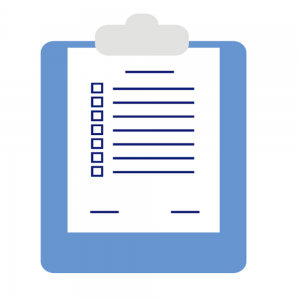It can be difficult to diagnose autism spectrum disorder (ASD), as there is currently no medical or blood test for ASD. Rather, a diagnosis of autism is made based on observations of a person’s behavior and development. ASD can often be reliably diagnosed by an experienced professional by age 2, and it is sometimes possible to detect ASD in toddlers at age 18 months or younger.
While improvements in screening and diagnostic tools have helped aid early detection of ASD, many children are still not formally diagnosed until they are much older. This delay may keep children with ASD from getting the care and support they need.
DEVELOPMENTAL SCREENING

Developmental screening involves brief, standardized tests used to see if children are meeting their developmental milestones, or if they might have delays in certain areas. There are different methods that doctors can use for developmental screening, including asking caregivers questions, having caregivers complete questionnaires, and/or talking with and playing with the child. Developmental screening should occur during regular well-child doctor visits at ages 9, 18, and 24 or 30 months as well as other times if parents have concerns and/or a child is at higher risk for developmental delays. Additionally, specific screening for ASD should be completed at a child’s 18 and 24 month well-child visits as well as other times if parents or doctors have concerns. If the doctor sees possible problems during developmental screening, the child should be referred for a more comprehensive diagnostic evaluation.
Learn from four Delaware mothers about their experiences in obtaining and understanding their child’s autism diagnosis.
Created by parent and former LEND trainee, Kendra Haynes.
Diagnostic Evaluation
A comprehensive medical evaluation for autism should be done by a professional with knowledge and expertise in diagnosing ASD. Some of these professionals may include psychologists, neurologists, and developmental pediatricians. This evaluation may include a thorough review of the person’s history, caregiver interview, observation of the child’s play and/or the person’s interaction with others, and standardized diagnostic assessments (e.g., rating scales, direct play-based tests with a child). It may also involve cognitive testing, speech/language testing, hearing and vision screening, physical exam, neurological testing, and other medical testing (e.g., genetic testing).
The diagnostic criteria for autism is outlined in the American Psychiatric Association’s (APA) newest version of its Diagnostic and Statistical Manual of Mental Disorders (DSM) 5. You can learn more about autism and the DSM-5, here.

You can learn more about specific tools used in ASD screening and diagnosis by checking out resources via the Center for Disease Control (CDC).


